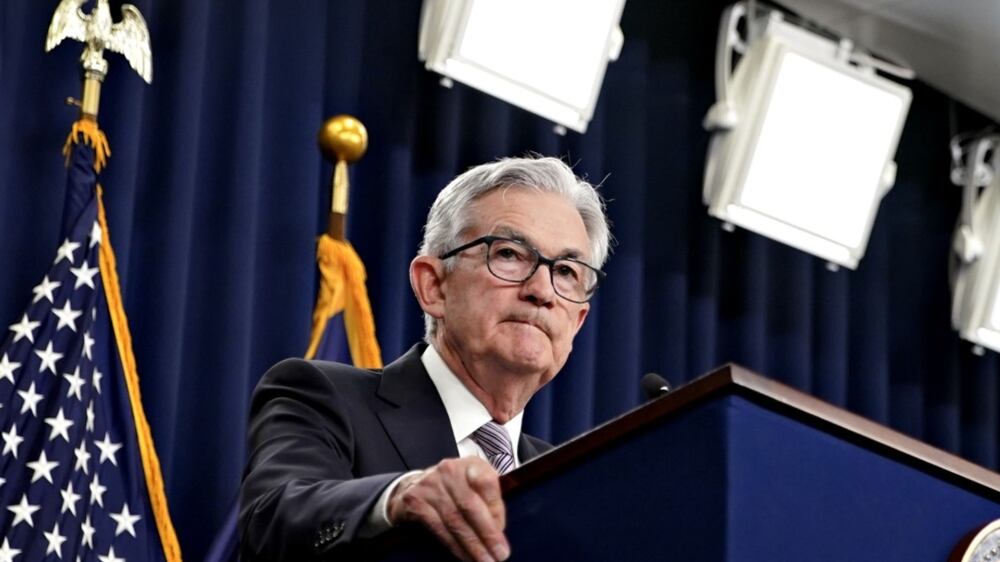“The big money is not in the buying and the selling, but the sitting.”
Pioneering early 20th-century US investor Jesse Livermore’s words highlight a crucial trait of successful investing: patience.
The bull market born last October should keep delivering worthy returns, but sporadically. Reaping them requires patience, which can be difficult for some.
I’ve long called the market “The Great Humiliator”, and it is up to its old tricks – shaking out the timid with fruitless US Federal Reserve fretting and scary stories of US debt downgrades, China's weakness and more.
Don’t be fooled – this bull market has legs, and it is crucial you don't get scared of it now.
British-American investor Sir John Templeton famously said: “Bull markets are born on pessimism, grow on scepticism, mature on optimism and die on euphoria.”
Today, scepticism pervades. After extreme bearish sentiment throughout 2022 and early 2023, the American Association of Individual Investors’ weekly sentiment survey has largely tilted more sanguine for three months.
Two thirds of surveyed global fund managers now expect a US “soft landing” – slower growth, but no deep recession.
Yet, doubts around Fitch’s US credit downgrade, a eurozone lending slowdown, consumer debt, Chinese deflation and more are capturing headlines.
Many fear that unexpected US economic resilience means higher interest rates for longer – especially after Fed chair Jerome Powell’s Jackson Hole blathering. Reactions to August’s sharp market swings illustrate all this.
Volatility isn’t a flaw in this bull market. It is a feature of all bull markets, which proverbially climb a “Wall of Worry”.
The myriad fears are all bricks in the wall. Small and unimportant on their own, August’s wiggles are a crucial reminder: Stocks’ climbs aren’t linear.
Since 1926, the S&P 500 endured 34 corrections – sharp, sentiment-driven 10 per cent to 20 per cent drops. The median drop: 13.7 per cent. I count 50 dips of 8 per cent or more – about one every other year.
Some bull markets are often tied to FEAR, or False Evidence Appearing Real. The 2009-2020 bull market had six full-fledged 10 per cent corrections (before dividends), including two early doozies – 2010's 16 per cent jolt and 2011’s 19.4 per cent thumping.
Yet, the 2002-2007 S&P 500 rise had just one. The 1990s bull had three – all within one two-year stretch. There is no pattern – corrections strike at any time for any or no reason. Smaller, herky-jerky plunges, too.
Watch: US Federal Reserve raises rates for 10th consecutive time
US Federal Reserve raises interest rates for tenth consecutive time

I am not predicting that now. Short-term swings defy forecasting. But know they happen.
Bull markets are volatile. Recall the roaring late 1990s? The S&P 500 soared 31 per cent, 26.7 per cent and 19.5 per cent in its last three years. Internet exuberance brought rocket ship gains that many recall as easy money.
Wrong. October 1997’s 10.8 per cent three-week nosedive wasn’t easy. Nor the summer of 1998’s 19.3 per cent swoon. Or that three-month, 12.1 per cent gut punch in the back half of 1999.
Headlines heralded the Russian rouble’s implosion, the Asian financial crisis, Long-Term Capital Management’s bankruptcy and Y2K decimation back then. Easy money? Not quite. Sitting still is hard work.
Ken Fisher is the founder, executive chairman and co-chief investment officer of Fisher Investments, a global investment adviser with $200 billion of assets under management.






